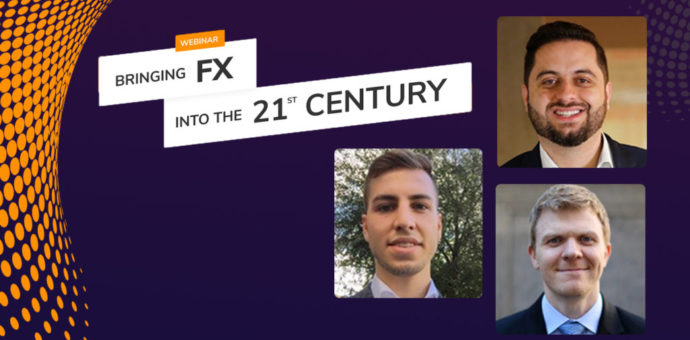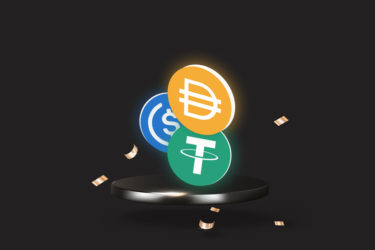The adoption of stablecoins can bring benefits for both individual users and trade between countries. But what should help drive their mass user support is offering products and services with this type of digital asset. This was one of the conclusions of the participants of the bringing FX into the 21st Century webinar on the effects of stablecoins on currency exchanges.
For Thiago Cesar, CEO of Transfero Swiss, “a stablecoin is as good as its liquidity”. “That’s why we are trying to create high-level partnerships with strong exchange market players, crypto exchanges, payment methods, wallets, crypto debit cards. Because this will bring the mainstream public to this market”, says the executive of Transfero, the company that created BRZ, a real-backed stablecoin.
Thiago also believes that stablecoins, except for those pegged to the dollar, were used, most often, by major players in the market, especially when they need to move resources that were in emerging country currencies toward nations with stronger currencies.
Adoption of stablecoins eliminates the obligation of dollar in some transactions
The CEO of Transfero points out that the adoption of stablecoins allows direct exchanges of “exotic” currency pairs. “For example, today, if you are in Brazil, and want to have access to the Turkish lira, you cannot buy the Turkish currency directly with your Reais. First, it is necessary to exchange the real to the dollar – which is complicated – and then from the dollar to the lira. Or you can have two or three intermediaries in this transaction. So in an exchange, whether centralized or not, you can exchange the real directly to lira through the digital versions of those currencies”.
There are benefits as well when you consider the international trade. “If you take this to international trade, most of that trade will no longer have to go through the dollar”, Thiago concluded.
As for the effect of digital finance on currency exchange, Ian McAfee, CEO of Shift Market and Nexus Trading, notes that the tendency is people noticing that this is a better way to do this type of transaction. “And as the volume grows, people will follow those volumes”, he says. The executive also believes that by 2021 the market will already see “a spike in the movement of the foreign exchange market migrating to blockchain”.
Stablecoins advance in countries with volatile currency
In this regard, Vidal Arditi, COO of BiLira, says he sees the entry of stablecoins in the foreign exchange market. “ As time goes by, these new models of stablecoins will be tested and developed. As the process evolves, I believe we will see most of the stablecoins we are talking about today merging with the foreign exchange market and representing this (these exchanges) in the blockchain world”. BiLira is a Turkish lira backed stablecoin.
Aditi points to the growth of stablecoins not pegged to the dollar in economies where the currency is so volatile that citizens choose to “escape or change for safer currencies”. “We will see this adoption grows over time. And that’s one of the reasons why BiLira, BRZ and a few others founded the Stablecoin Alliance. Because we think there needs to be some conscious methodological understanding of how these companies should develop and operate”, he added. He also argues that they should go through audits and that this reasoning should also guide the provision of services.
As examples of what they do, Aditi mentioned frequent audits, proving that the funds are intact and secure, and the search for creating new use cases to show the advantages of stablecoins.







